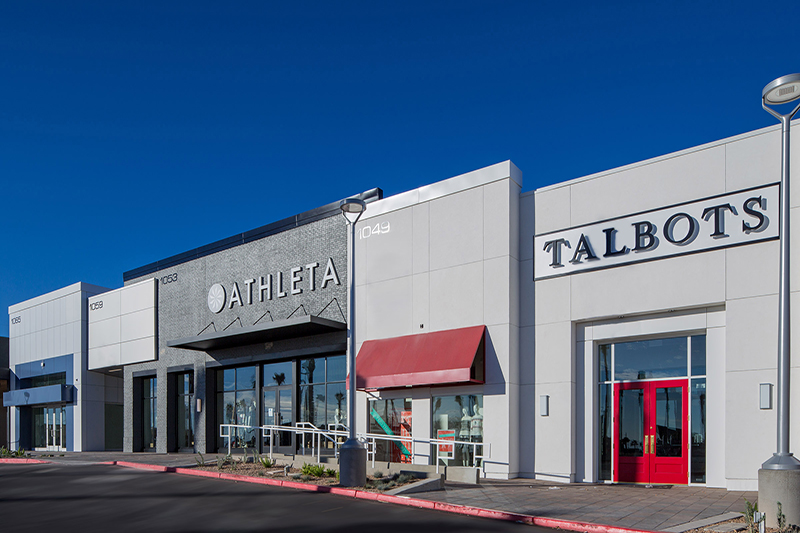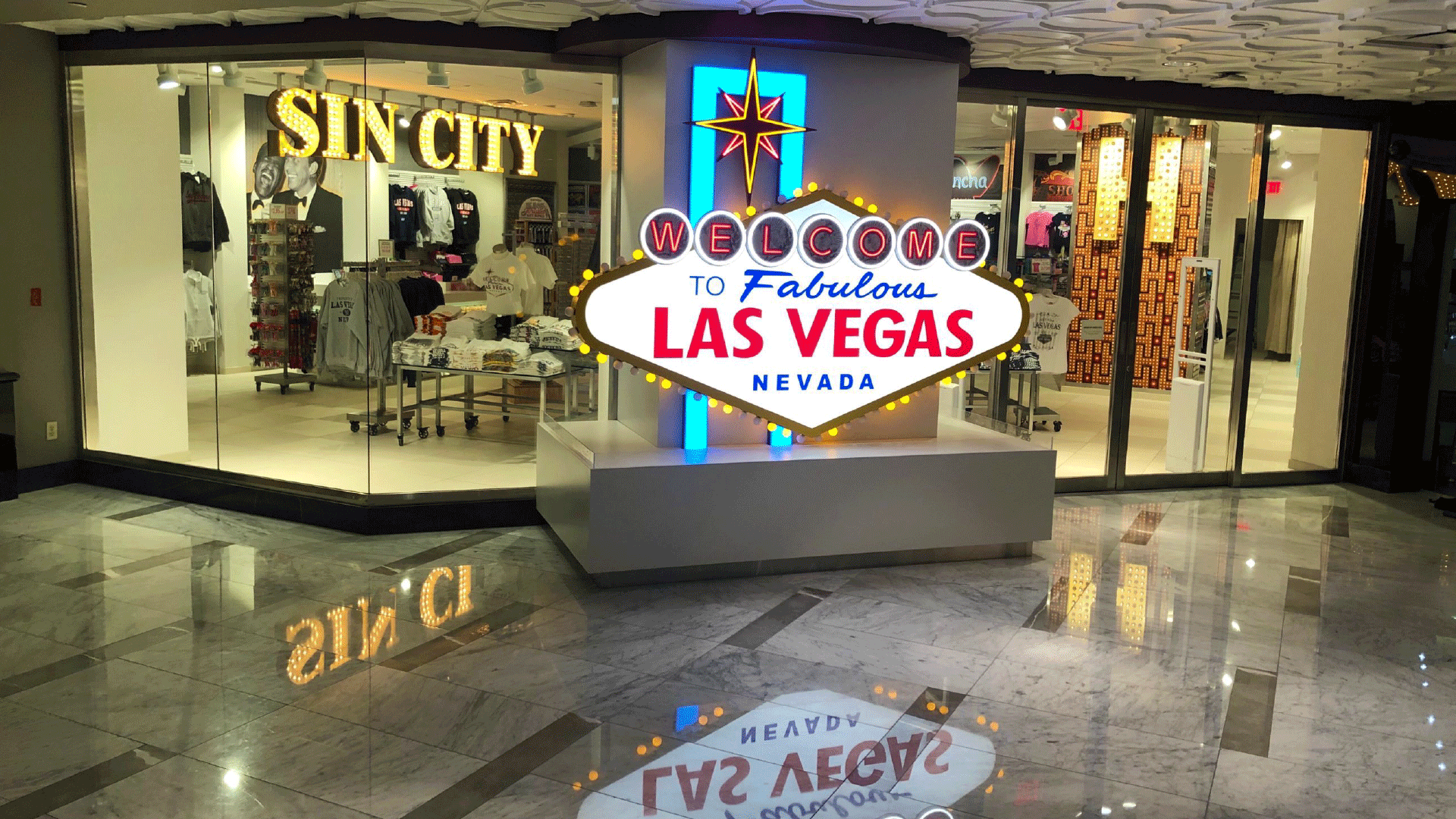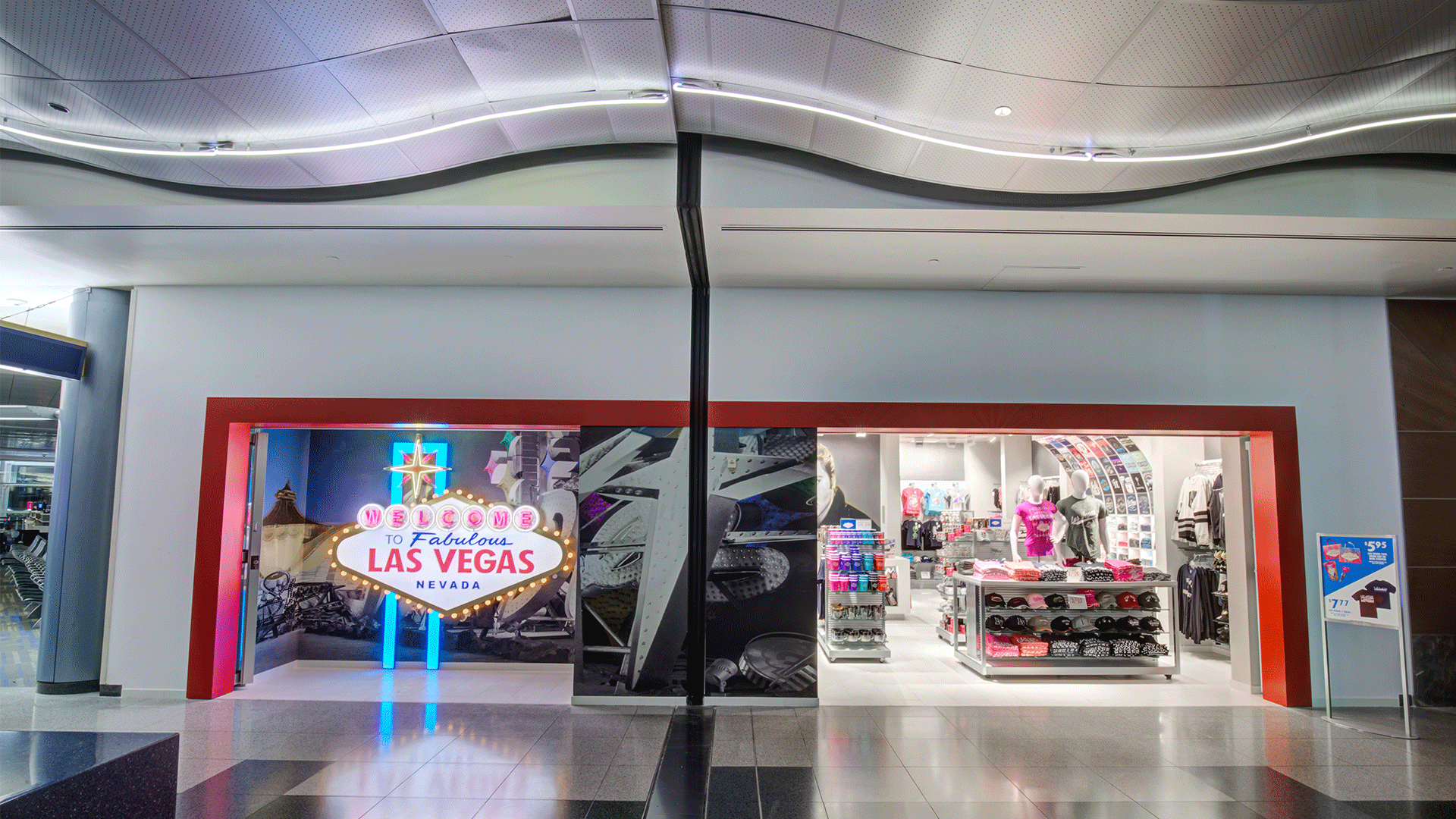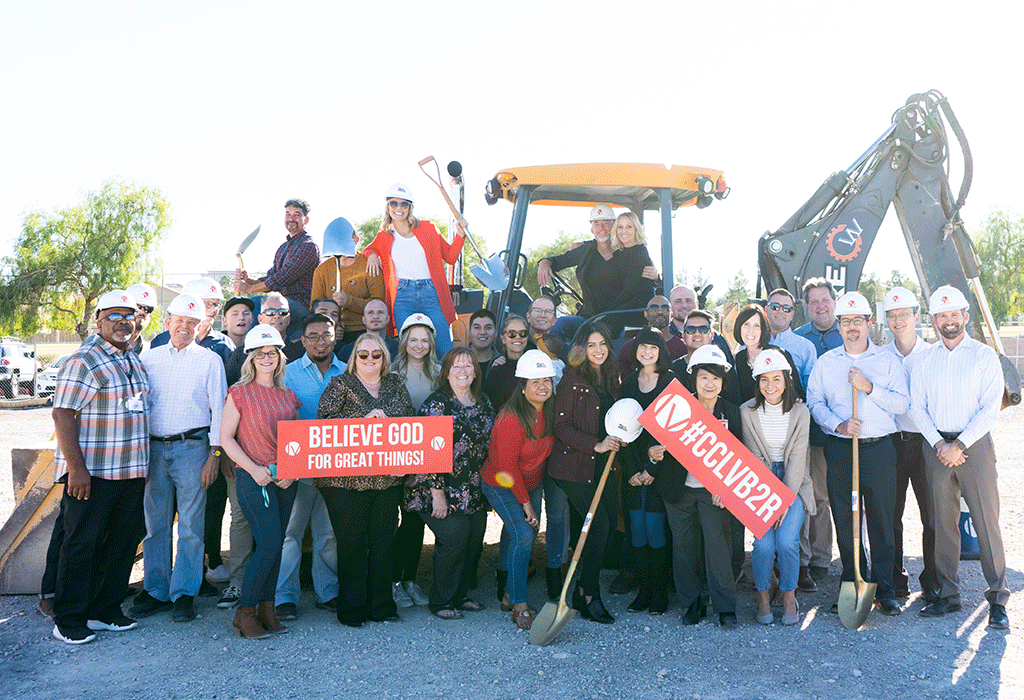There is no lack of shopping in Southern Nevada. From luxury shops to unique one-of-kind boutiques Las Vegas is the place to find just about anything you’re looking for. As the population continues to boom and new housing developments continue to be built up all around the valley, we’re seeing more retail centers follow. Two of the most common centers being built in the market right now are neighborhood centers and regional centers. So, what is a neighborhood and regional center?
Neighborhood Center
A neighborhood center is designed to provide convenience shopping for the day-to-day needs of consumers in the immediate neighborhood. The retail center is typically a straight-line strip with no enclosed walkway or mall area, with an average Gross Leasable Area ranging from 30,000 SF to 125,000 SF. The number of tenants to occupy a neighborhood center ranges between five to 20 stores, with a supermarket or drugstore serving as the anchor.
Neighborhood centers are walkable, bikeable and supported by transit. Most people and activities in neighborhood centers will be concentrated within several blocks or around major intersections. There might be some larger employers located in the neighborhood center, but most likely the businesses that will serve the surrounding communities are doctors, dentists, shops, branch libraries, dry cleaners, hair salons, coffee shops and restaurants. The people living near these neighborhood centers will reside in mixed-use buildings, apartments, townhouses, duplexes and single-family homes.
Regional Center
A regional center is designed to sell a full variety of general merchandise, mostly apparel, with inward facing stores that share a common walkway. Its main attractions are its anchor stores, varying from full-line department stores, junior department stores to restaurants and mass merchant fashion apparel stores. Typically, 40 to 80 tenants occupy a regional center, with an average Gross Leasable Area from 400,000 SF to 800,000 SF.
Regional Centers serve as the retail, cultural, recreational and entertainment destinations in a city. These retail centers are located in high-density areas with surrounding housing consisting of low to high-rise apartments, mixed-use buildings and townhouses. Depending on the location and character of the regional center it can include single-family neighborhoods. Regional centers range in size from 25,000 to 45,000 people and 5,000 to 25,000 jobs.
Las Vegas Retail Center Development
There are many neighborhood centers throughout the Las Vegas Valley strategically located around major intersections and nearby residential communities to serve as convenience-oriented centers. As new housing developments and neighborhoods continue to expand throughout the valley these neighborhood centers are following suit. Developers are being strategic in the offerings of these retail centers to ensure they are meeting the changing needs of consumers.
Las Vegas also boasts a variety of regional centers throughout the valley including The District, Town Square, Meadows Mall, Downtown Summerlin, Galleria, and Boulevard Mall. As consumer shopping habits shift, these regional centers are changing the way they engage with customers, serving as a destination for experiences and entertainment.
Market Trends
Successful regional centers are transforming into consumer engagement spaces, offering more things to do instead of just focusing on things to buy and own. Two new regional center developments currently under construction, The Bend and Uncommons, are perfect examples of how this trend in “experience-oriented shopping” is changing development.
Michael Brown, a retail expert and Partner at A.T. Kearney recently reported in the article, 4 Visions of the Future of Shopping Centers, “To succeed in the future the industry needs to think like the customers it serves. The future of retail real estate is as robust as the industry’s imaginations. Tomorrow’s success will belong to those operators and tenants willing to break from yesterday’s patterns and practices and fully embrace a consumer-driven future.”
As a leader in creating unimaginable experiences, it will be interesting to see how the Las Vegas retail market embraces this consumer-driven future.





